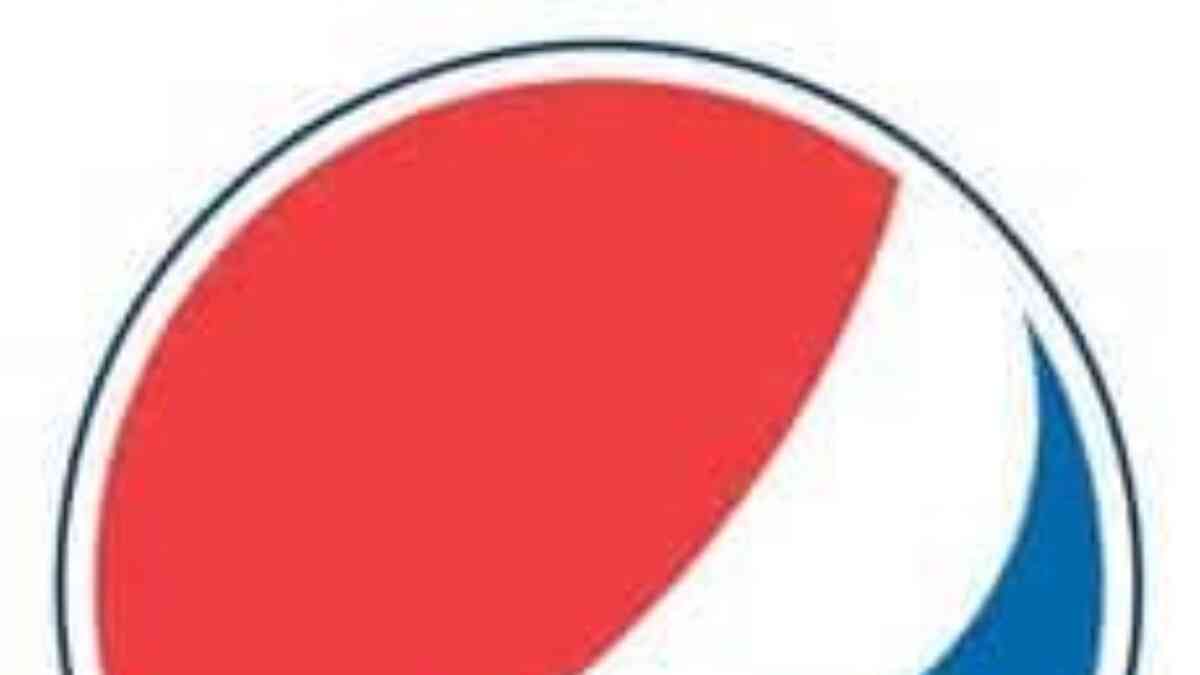
Pepsi Tries Viral
Learning lessons from Pepsi's experience with two viral videos.
In May 2012, Pepsi launched a video that went viral—pulling in over 21 million views to date. The team disguised NBA Rookie of the Year, Kyrie Irving, to look like an old man named “Uncle Drew.”
The video shows Uncle Drew joining a pick-up game of basketball. He seems too old and out of shape to play. Yet, suddenly, shocking everyone, he makes three-pointers and dunks shots on younger players. The video then reels back four hours to show a crew artificially aging Irving with hair and makeup. In the last few seconds, up pops the Pepsi logo and a tagline for Pepsi Max: “A zero-calorie cola in disguise.”
Brilliant. Pepsi’s video entertained and surprised. People loved it—and shared it.
Why not follow up on success? In February 2013, Pepsi set aim on another viral video.
For video number two, the brand teamed with NASCAR driver Jeff Gordon. He pretends to shop for cars in a dealership. When the salesman offers to let him test drive a Chevrolet Camaro, Gordon takes him on a wild ride. The salesman panics as Gordon swerves to miss cars and objects.
Pepsi’s Gordon video surpassed its Uncle Drew video in views—as of this writing, people have watched the video 23.5 million times. However, this time, Pepsi encountered some public backlash: The video seemed too slick. And it looks staged, too: The road shows skid marks, indicating multiple video takes.
Pepsi then admitted that it brought in a stunt man for portions of the driving—and confessed that the stunt wasn’t, in fact, a prank on the salesman.
Boo, hiss.
Learning Lessons
If users share the content, generating brand awareness, the effort succeeded. However, the Pepsi viral video case study offers a few learning lessons:
- Losing interest. Pepsi received tons of publicity from the Jeff Gordon viral video, but viewers seemed to quickly weary of the motif. Companies should take care not to overdo a good thing. A joke loses humor when it’s told over and over again to the same audience.
- Too slick. Many commenters disliked the video’s high production value. Professional film crews, paid actors, costly settings, high-end cameras: The public responds best to videos that look more off the cuff and homemade.
- Relevancy. Both videos feature a celebrity in disguise to tie back to Pepsi Max, a diet cola “in disguise.” Some viewers may miss the connection, but the theme of both viral hits is relevant to the product’s brand. Take heed.
Want tips on how to go viral? Check out our article here.
Updated: Oct 10, 2019

We do not spam. And you can unsubscribe when you want.